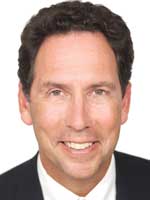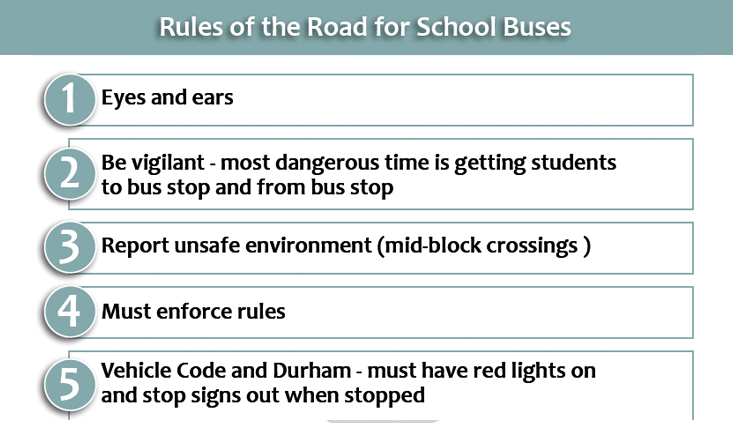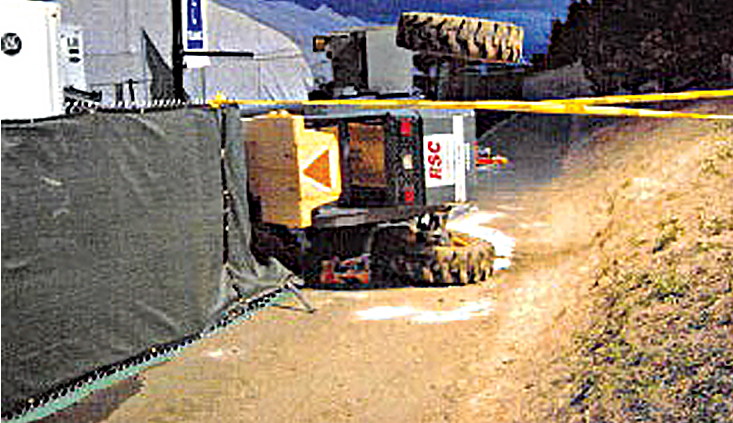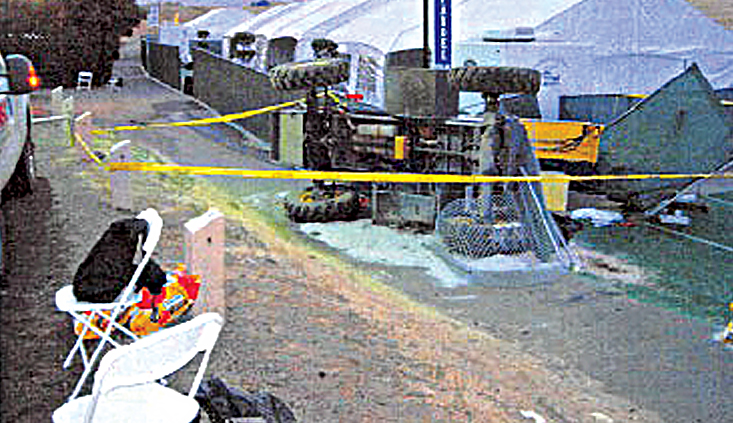The forest, not the trees
Gathering your evidence and framing your case for trial
Most cases turn on several key pieces of evidence. It might be a few photos; a few documents; some key-witness testimony; or a combination of all of these. I find the best way to gather the key evidence is to spend time well before the trial laying everything out on a big table and to start narrowing it down, simplifying the case you want to present to the jury.
Many times, key evidence needs to be tested by focus groups before you start to pick a jury. I use focus groups to identify the key decision issues and evidence in every case. Sometimes I try out what I think is the key evidence and sometimes the best, most persuasive evidence gets revealed during your juror deliberation of a focus group. Many times, completely new key issue evidence that alters the outcome of the case is revealed during a focus group when 12-14 people who haven’t been living with the case for years share their perspective on your case.
In developing the case frame with evidence you have obtained over the course of your discovery in the case, you want to look for evidence that is so powerful you say, “I just can’t get over it,” as set forth in the fantastic book by Mark Mandell called Case Framing. I strongly recommend you obtain both Case Framing and Advanced Case Framing by Mandell.
There are examples of people using case frames today in our political campaigns. Last night I watched the opening campaign tour of Kamala Harris and Tim Walz. Knowing the large population of American voters who believe abortion should be safe and legal, they talked about freedom. Freedom to not have the government in the examination room with you and your doctor. Kamala then said one in three women have lost this right since the Dobbs decision. She followed this up with the history and struggle of women’s right to vote and control their bodies. She finished by saying “We won’t go back!”
Tim Walz hit this key issue by saying “mind your own damn business.” I’m sure these points were evaluated and developed after focus-group testing to discover which frames worked best rather than the old “Right to life” or “Pro Choice” phrases that have been used in the past. Think about using new idea case frames in your cases.
We must use case framing to identify the issues that the jury cannot “just” get over. These issues may exist as to liability, causation and/or damages. I will focus on liability.
Framing liability
For liability, I believe you need to focus in on the defendant’s bad conduct. Key issues on liability for jurors are often senseless and inexplicable choices and decisions made by the defendant that usually involve harm that didn’t have to happen to your client. The injury may involve something that was easily or entirely preventable. Think about a guard on a product with a pinch point; stopping at a stop sign or a red light; looking both ways before pulling into traffic to name just a few.
I recall a case that involved a Pokémon Ball with an action figure inside the plastic ball as part of a Burger King kid’s meal giveaway. My client, who had the plastic egg-shaped ball in a child’s toy basket, thought it was safe. In fact, the packaging said it was safety tested and safe for children of all ages. She put her one-year-old in her crib and went to take a quick shower while leaving the toy basket in the crib for her daughter to play with the items. When she came out from the bathroom, half of the plastic ball was suctioned over her child’s nose and mouth and she died. An easy design would have been to put a hole on either end of the plastic egg, which would have prevented this terrible tragedy.
Sometimes you may uncover evidence that reveals the defendant’s bad motives or indifference; dangerous and defective toys, badly designed car seats resulting in paralysis or death; dangerous or defective products that were never properly tested that resulted in recalls. If you uncover enough facts to impeach the defendant’s character, you may create an obstacle that the defense can never overcome. This may be true in cases with tougher liability or comparative fault. If you can frame the case around that bad conduct, it should work to a more favorable result on percentages of comparative fault or even help with your damages argument.
Some examples of case framing from the Mandell book include:
1. Know your limits
2. Do your job
3. Betrayal
4. Speed kills
5. Actions speak louder than words
6. Assembly line medicine
7. Profits over safety
8. Cover up
9. Turning a blind eye
10. Abuse of power
11. System failure
12. Shared responsibility
13. Who had control?
14. Need for preparation
15. Personal responsibility
16. Timing
17. Getting a second chance
18. Need for protection
19. Value of a handshake
20. Defense cared about the wrong things
21. A loving mother will never do that
22. Better safe than sorry
23. Inevitability… defense conduct so bad it was bound to hurt somebody…. anybody.
(List above can be found in Mark Mandell’s book)
If possible, the key point in case framing, is to always frame the defendants’ conduct as an active choice rather than a failure. Some examples from cases I have handed include the following:
Sanchez case
Involved a five-year-old girl who darted out across the street mid-block to get to her bus stop and was hit by a car going 35 mph that did not have a chance to stop. We established through discovery that everyone jaywalked across the street to get to that bus stop; the bus drivers were considered “the eyes and ears” for the school district to report this and either warn the parents and/or pull the bus privileges if they continued to do it. The bus driver in my case did neither and claimed she didn’t know they were jaywalking. The key evidence was the testimony of the moms who said they waited for the bus to arrive at the bus stop, before they would jaywalk across the street right in front of the bus driver every day for “weeks” before our accident. The bus driver chose to ignore the unsafe behavior and then the inevitable occurred!
Figure 1 is my trial exhibit that was a combination of using Case Framing and Rules of the Road together. (See Rick Friedman’s Rules of the Road.)
The Verazano case
The manufacturer made a telescope forklift with removable side cabin doors and a minimum leveler in the cab with no maximum unsafe level warning alarm. The distributor/lessor removed the doors and when an operator was going on unleveled ground, the forklift overturned and he either fell or jumped out of the cab only to be crushed by the ROPS (roll over protection), losing an arm and leg. The removable door design was an accident waiting to happen and it did! (See Figures 2 and 3.)
James case
The defendant City chose to wait four months until a summer fair was over before fixing a permissive green light to a dedicated left-turn-arrow green light. The defendant car driver sped through the intersection on a yellow just as our client was turning left. She was hit at 70 mph+ resulting in a spinal cord injury to her four-year-old and orthopedic with brain damage to her two-year-old. This dangerous condition resulted in an accident that was inevitable.
Overall, case-framing with your key issue evidence provides the jurors with the ultimate reason to vote for your client and a just verdict.
The key issues are usually very personal to the plaintiff. Look for issues that have a significant harmful effect. Issues that are shocking and inexplicable. The defendant will have no good justification as to why the wrongful conduct occurred. The conduct usually involves results that easily could have been prevented.
Final note: focus groups also can be used to teach us what evidence and framing we should not use. Your job is to learn these pitfalls and make effective case framing choices before and during the trial.
Geoff Wells

Geoff Wells practices complex personal-injury law with Greene Broillet & Wheeler, LLP. Geoff is an elected member of the American Board of Trial Advocates. He also is a member of the Consumer Attorneys of California, American Association for Justice and an officer of the Consumer Attorneys Association of Los Angeles where he currently serves on their Board of Governors. Since 1995, Geoff has served as an arbitrator for the Superior Court for the County of Los Angeles. He is a frequent lecturer on trial preparation and practice in California. Other professional organizations that Geoff is a member of include the Los Angeles County and American Bar Associations, Santa Monica Bar Association and Eighth Street Trial Lawyers.
Copyright ©
2025
by the author.
For reprint permission, contact the publisher: Advocate Magazine



